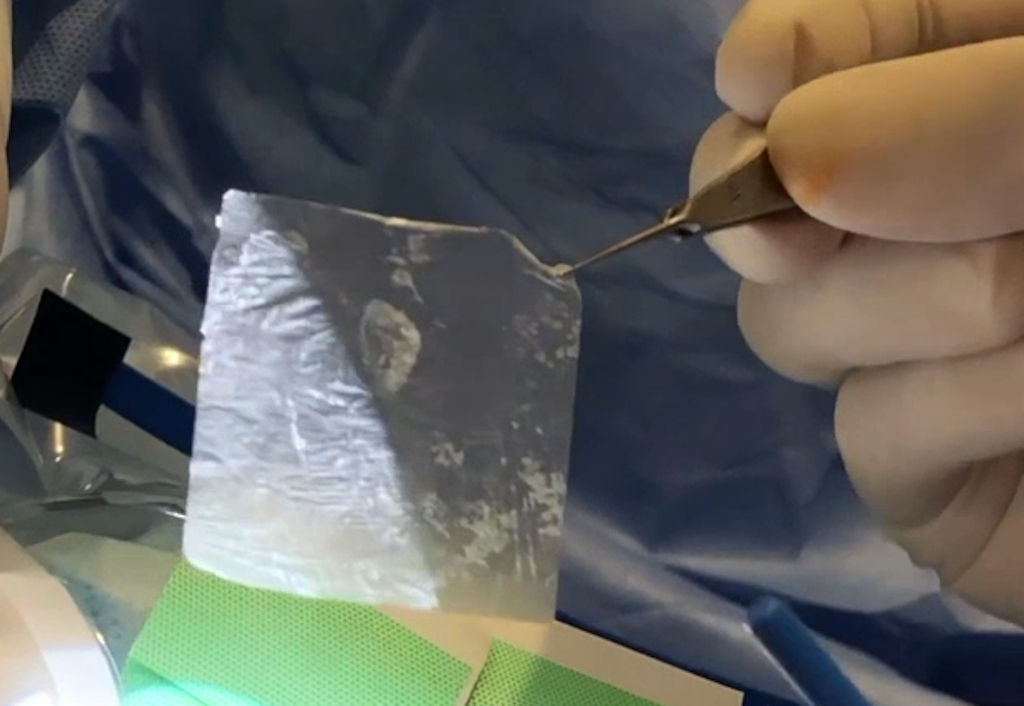
Innovation in amniotic membrane transplantation
Dr Francisco Arnalich is a recent addition to the staff of Miranza IOA Madrid with past experience at Vissum Grupo Miranza. A pioneer in his field, he performed one of the first transplantations in Spain of lyophilised amniotic membrane.
Innovation in amniotic membrane transplantation
Until now, amniotic membranes have been implanted in corneas directly from eye banks. However, there are certain advantages of this new type of membrane, which is put through a freeze-drying process known as lyophilisation. The specialist points out two important advantages, the first being immediate availability, as it is no longer necessary to depend on eye banks. The second is the ease of handling, as the membrane takes on a texture similar to that of tracing paper and is much easier to use in the eye.
Amniotic membrane is used mainly to treat corneal ulcers and to reconstruct the ocular surface. It contributes growth factors that regenerate damaged tissue, as explained in greater detail in this blog entry.
Amniotic membrane may also be placed on the cornea, as if it were a contact lens, or implanted within the cornea, on the outermost layer, where it serves as a support that promotes growth of epithelial tissue (outermost corneal layer) that has been damaged by a lesion.

Pioneering transplantation in Miranza operating theatres
Dr Arnalich is among the handful of leading surgeons chosen to perform this pioneering procedure, which, in view of its advantages, is expected to eventually become standard practice in transplantations of amniotic membranes for the treatment of ocular surface lesions.
The graft, marketed as Visio Amtrix®, was developed by the company Horus Pharma with an innovative tissue-engineering process that allows conservation of the product’s structural and biological integrity.